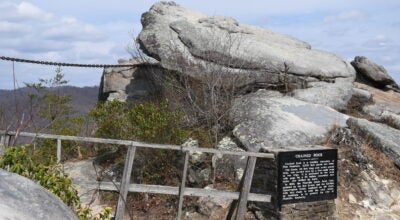The scoop on sweetgum
Published 6:15 am Tuesday, February 13, 2018
Sweetgum (Liquidambar styraciflua) is a common tree in our area, normally found growing in low areas where the soil is moist, such as near streams or drains. The name comes from the taste of its hardened sap that bleeds from wounds on the trunk.
The tree is easy to identify, with leaves distinctly star-shaped and with a small-toothed edge. The bark is gray and furrowed with flat ridges that form a diamond pattern. The twigs are showy in the winter with corky wing-like protrusions. The fruit is a spiny ping pong sized ball that hangs on well into winter.
While not favored as a timber tree here, in the south it is much more prevalent, and millions of board feet are harvested for use in furniture and cabinetry. With proper staining it can be made to look like walnut, mahogany, or rosewood. Early pioneers used the sap to treat sores and skin problems, as well as for a chewing gum. During the war, Confederate army doctors used it to treat dysentery. The gum is available from pharmacies and is considered to have expectorant, antiseptic, anti-microbial, and anti-inflammatory qualities
Sweetgum is not used by wildlife to any great extent, but goldfinch and purple finch eat the winged seeds, as do squirrels and chipmunk
Historically sweetgum goes back a long way. It is mentioned in a journal kept by one of Hernando Cortez’s soldiers in 1519 which describes Aztec ceremonies that included drinking a liquid amber extracted from sweetgum trees.
Sweetgum makes for an interesting landscape plant. In the fall the leaves often go through shades of yellow and orange before culminating in hues of red, crimson, burgundy, and purple. During the winter you can see the pyramidal form and distinct corky twigs. The fruit, while interesting to look at hanging in the tree, are a nuisance on the ground, where they take several seasons to break down. If you wish to plant sweetgum, it prefers moist to occasionally wet, slightly acidic, deep soils. It can adapt readily to poor soils that are dry in summer and can grow in full to partial sun.
Steve Roark is a retired area forester from Tazewell, Tennessee.







